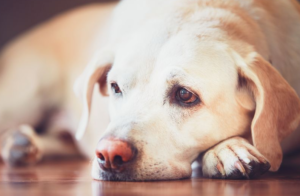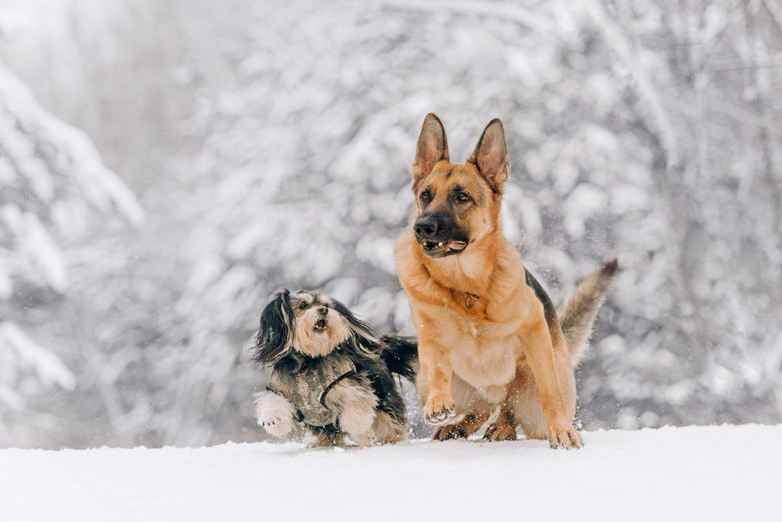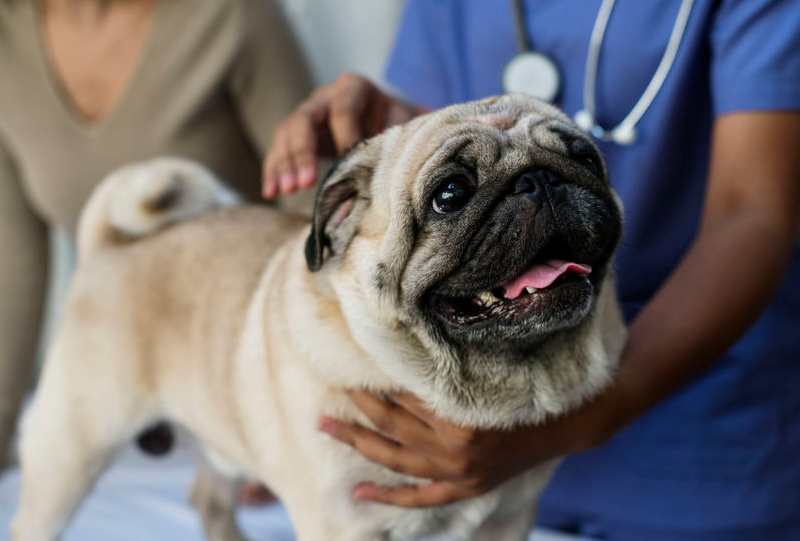Incontinence in a dog is characterized by the loss of voluntary control of its discharge of urine or feces and is not to be confused with impurity. We talk about urinary incontinence or fecal incontinence. These two types of incontinence may or may not be related. In this article, we explain the causes of incontinence and the treatments available.
What Causes Urinary Incontinence in Dogs?
An incontinent dog is not aware when he urinates or defecates. He can even relax himself while walking without having to put himself in a physiologically normal position. This involuntary behavior can also occur during sleep. In dogs, urinary incontinence can occur in a number of situations:
– An incontinent dog grows older:
It is very common for dogs to become incontinent as they age. His sphincter may become lazier and stop working at all.
– Puppies:
A puppy can only be physically clean after two to three months, and sometimes it won’t be completely clean until six months. Before that, he could only temporarily restrain himself. It is for this reason that it is necessary to leave the puppy regularly. This delay in acquiring the ability to stop is due to the fact that his sphincter has not yet completed development. Also, some puppies and even some adults may do what’s called “happy pee.” These urine leaks are involuntary and only related to the dog’s emotional state. “Happy pee” only exists in overly emotional or sensitive dogs.
– disinfect:
Urinary incontinence in dogs can occur due to neutering of female dogs and neutering of males. Certain breeds, such as Boxers, Newfoundlands or Dobermans, may be more susceptible to this shortcoming. This type of incontinence occurs in 8% to 20% of sterilized women and occurs within 3 years of being sterilized. The incidence of incontinence after male castration is much lower.
– disease:
There are many diseases that can cause incontinence in dogs: bladder cancer, herniated discs, and even “congenital” deformities. Also have a urinary tract infection or take certain medications that can cause temporary incontinence.
How to treat dog urinary incontinence?
When a dog becomes incontinent, the first thing to do is to consult a veterinarian. It can help you get to the root of your dog’s incontinence. Depending on the results, treatment or surgery may be considered. Osteopathic therapy can also help reduce or eliminate urinary incontinence. If that doesn’t work out, there are diapers or underwear for the dog, or even a mattress to put on the mat.
last words:
Either way, living with an incontinent dog is often difficult because it requires a lot of maintenance around the house. Consider a park that restricts dog activity in a small space to prevent the dog from going about its business.



